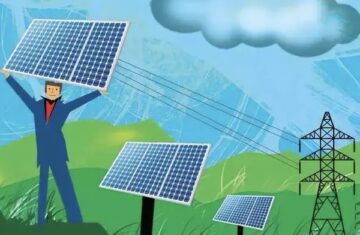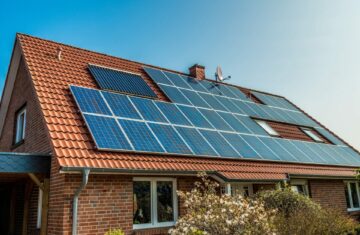The Soaring Potential of Wind Energy in the United States
The Rise of Wind Power
The United States has been at the forefront of the global renewable energy revolution, and wind energy has emerged as a key player in this transformation. Over the past two decades, the country has witnessed a remarkable surge in wind energy capacity, solidifying its position as a leader in this rapidly growing sector.
Wind Energy Capacity in the US
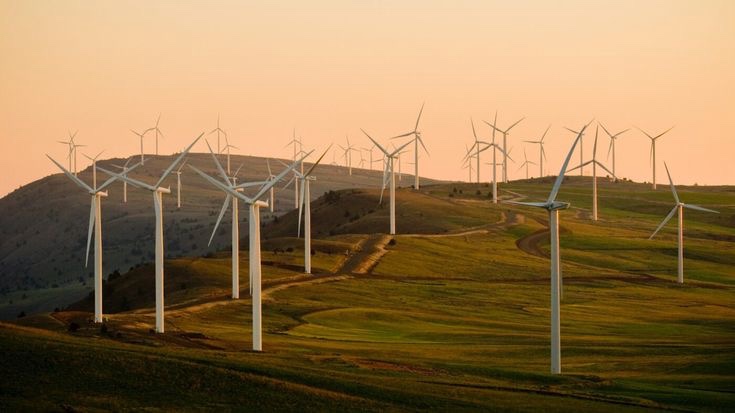
According to the U.S. Energy Information Administration (EIA), the installed wind power capacity in the United States reached a record high of 122.5 gigawatts (GW) in 2020, up from just 2.5 GW in 2000. This impressive growth has made the U.S. the second-largest wind power market in the world, behind only China.
Top Wind Power Producing States
The majority of the country’s wind energy capacity is concentrated in a few key states. The U.S. Department of Energy (DOE) reports that the top five wind power-producing states in 2020 were:
- Texas: 33.1 GW
- Iowa: 12.0 GW
- California: 6.0 GW
- Oklahoma: 8.9 GW
- Kansas: 7.0 GW
These states have capitalized on their abundant wind resources, favorable policies, and strategic grid infrastructure to become the driving forces behind the nation’s wind energy revolution.
The Environmental and Economic Benefits of Wind Power
The growth of wind energy in the United States has brought about significant environmental and economic benefits, making it a crucial component of the country’s clean energy transition.
Reducing Greenhouse Gas Emissions
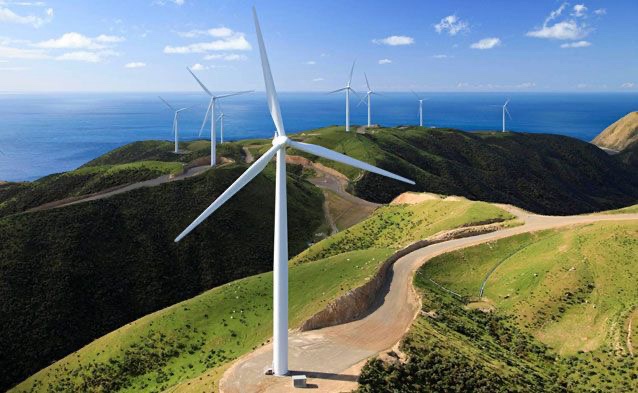
One of the primary advantages of wind power is its ability to generate electricity without producing greenhouse gas emissions. According to the American Wind Energy Association (AWEA), wind energy avoided the emission of 109 million metric tons of carbon dioxide in 2019 alone, equivalent to taking 23 million cars off the road.
Job Creation and Economic Development
The wind energy industry has also been a boon for the U.S. economy, creating thousands of high-paying jobs and driving investment in rural and economically disadvantaged communities. The DOE reports that the wind industry supported over 120,000 jobs across the country in 2020, with many of these positions located in areas where wind farms are situated.
Challenges and Opportunities
While the wind energy sector in the U.S. has experienced remarkable growth, it also faces a number of challenges and opportunities that will shape its future trajectory.
Transmission and Grid Integration
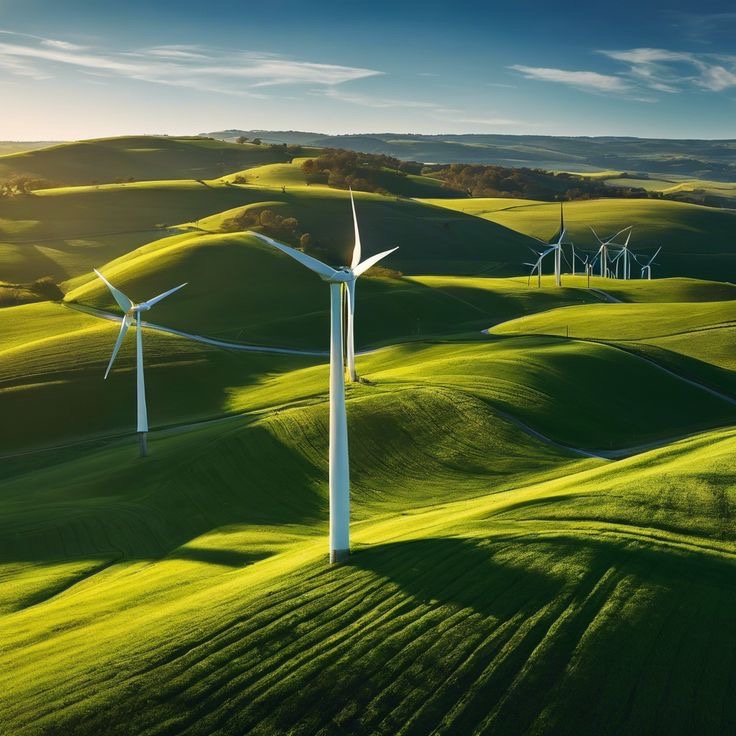
One of the key challenges is the need for robust transmission infrastructure to transport the electricity generated by wind farms to population centers. The DOE estimates that the U.S. will need to invest up to $390 billion in new transmission capacity by 2050 to fully integrate renewable energy sources like wind.
Technological Advancements
Fortunately, the wind energy industry is constantly evolving, with technological advancements driving improvements in efficiency, reliability, and cost-effectiveness. For example, the average wind turbine capacity has increased from around 1 MW in the 1990s to over 2 MW today, while the average turbine height has grown from 50 meters to over 90 meters.
Policy and Regulatory Landscape
The growth of wind power in the U.S. has also been influenced by a complex policy and regulatory environment, with federal and state-level incentives, tax credits, and renewable portfolio standards playing a crucial role. Navigating this landscape will be essential for the continued expansion of the wind energy sector.
The Future of Wind Energy in the U.S.
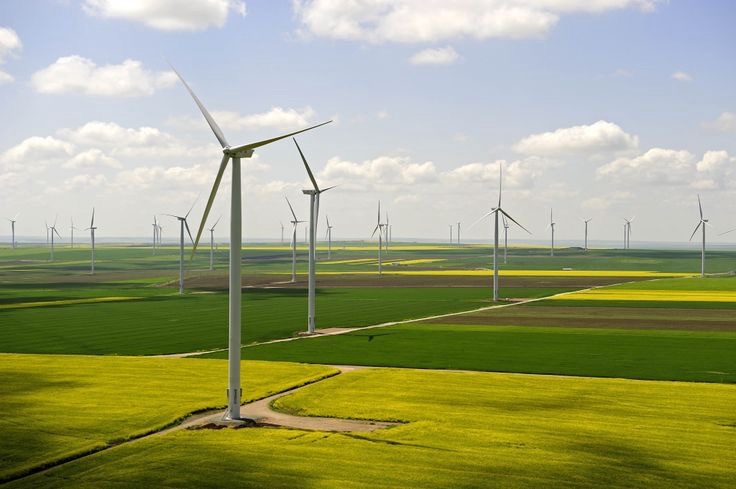
As the world continues to grapple with the urgent need to address climate change, the role of wind power in the United States is only expected to grow. The DOE‘s Wind Vision report projects that wind energy could supply 20% of the country’s electricity by 2030 and 35% by 2050, a significant increase from the current level of around 8%.
The Offshore Wind Opportunity
One area of particular promise is the development of offshore wind farms, which have the potential to unlock vast amounts of untapped wind resources along the nation’s coasts. The U.S. Department of the Interior (DOI) estimates that the country’s offshore wind resource potential is over 2,000 GW, far exceeding the current total installed capacity of the entire U.S. power sector.
Technological Innovations and Cost Reductions
Advancements in wind turbine technology, coupled with economies of scale and improvements in project financing, are expected to drive down the cost of wind power even further. The DOE’s 2020 Wind Technologies Market Report found that the average levelized cost of energy (LCOE) for land-based wind projects commissioned in 2019 was between $26 and $54 per megawatt-hour, making it one of the most cost-competitive sources of electricity generation.
Conclusion
The wind energy industry in the United States has come a long way in the past two decades, and its future looks brighter than ever. With strong policy support, continued technological innovation, and a commitment to addressing the challenges of grid integration and transmission, the country is poised to harness the full potential of its abundant wind resources and solidify its position as a global leader in clean energy.

